Here’s my grandfather Bruno Leipe, c. 1963, looking down from above Cawston Creek over the middle Similkameen Valley. This area is part of a proposed National Park Reserve, in partnership with the Lower Similkameen Indian Band.
Kobau Mountain, Overlooking Cawston, Keremoes and Ashnola Mouth
This National Park Reserve has just garnered the attention of the CBC.
Do read the article. It is illuminating. It drags some good local people into a fight that has little to do with them and does so clumsily. Still, it stands for what it is, and it does make some points worth unpacking. Doug Boult, for example, who grew up across the road from me below this mountain, makes some good points about stewardship. Mark Quadvleig does as well, although his appear at first a little less grounded. He cites potential future difficulties with applying for grazing rights. Well, shouldn’t it be hard? Should we even be grazing the mountains at all? Shouldn’t we at least talk about that? But all that aside, in the end there’s a risk of this being a bunch of White guys arguing between themselves on Syilx land, the tmxʷu’laxʷ, no matter how long any of us have lived here, how deeply we love it, or what privileges we have enjoyed on it, or how hard it is to eke out a living. In the end, look at the images the CBC displays:

Mark Quadvleig’s Hay Field
“No National Park,” sure, but let’s remember that this was Hudson’s Bay Company horse ranch land removed from the Indian Reserve system before it was legal to do so. You might as well say “No Native Land.” It comes to the same thing. And there’s this:

Yup, that’s Doug Boult, a good man and a good environmental steward for the valley, yet the orchard behind him is also on land illegally removed from the Indian Reserve system before it was legal to do so. No fault of Doug’s. This time the guilty party was rancher Frances Xavier Richter, c. 1863. In 1821, Paul Terbasket, a smlqmax man living at the base of that mountain was jailed for watering his apple trees with water that followed Richter’s illegal claim and which had passed on to Richter’s one-time partner R.L. Cawston, who subdivided it into orchards, which failed to materialize, before the First World War. Got that? Paul was jailed for using water to irrigate fifty acres of orchard with a history stretching back to Hudson Bay Company times, or just after: water that was not used by the rights holder and whose rights to the water had expired due to his bankruptcy during the First World War. That he went to jail is a stain on us all. The company failed a second time after the war, when once more it was given the rights (with no claim at all to them at this time) and once more failed to exercise them — and once more lost them. At that time, Paul was threatened further. It wasn’t until 1952 that the land was planted into fruit trees: this time with the support of the Canadian government’s Veteran Land Act system for ex soldiers. So, here’s the thing: Mark and Doug are good men who love and protect this valley, as am I, but so what. It’s time to ask the syilx what they need, and work together to make that the richest process possible. We will all benefit. If the best option is a National Park Reserve that respects and extends syilx rights and knowledge, so be it. If the best option is a different partnership with the Lower Similkameen Indian Band, with the same goals, bring it on. We’re neighbours, for gosh sakes. Let’s all sit down together and make this work. But the status quo just won’t do, and “No National Park” won’t do, either. Distrusting Canada in order to damage our valley and her people is not a healthy response. The problems here are not going away, and they’re our problems more than they are Canada’s. As for the CBC, they got it wrong. I quote:
Doug Boult looks out over the rolling mountains behind his orchard in Cawston B.C., covered with sage brush.
Where his fields of Gala and Ambrosia apples ends, the foothills begin.
No, not really. There are no foothills here, for one. What’s more, some of the orchards are separated from the mountains by the tiny remainder of the original Indian Reserve negotiated by British Columbia Governor James Douglas. At least one orchard is an old village site. Another is an ancient grave site. What’s more, the hills are productive space, covered with a lot more than sage brush. In fact, the sage brush is a sign of land abuse and over-grazing. So, I guess Mark is right: under a park reserve he might indeed have difficulty getting grazing rights. But, really, the wealth of the cattle industry was built on bringing down thousands of years of accumulated biological wealth in a couple decades following 1860. The industry acts responsibly now, but the hills you look at today are actually ruins, of the order of the Parthenon or the royal city of Thebes on the Nile, no matter how well they are managed. Building up the capacity of the land again is not just an idle, romantic, aesthetic act that promises recreational opportunities for Canadians. It should also lead to better grazing options than those that currently exist, in ways not-yet-imagined. It is up to us to imagine them. There is a bridgeable gap here, between syilx and settler cultures. It shouldn’t be a gap at all. If Canada’s implementation process and its park models are creating gaps where none need exist, then it’s up to Canada to improve its game. Canada is a distant country in this valley. It has a need to get relevant. And it should. It even has the ability to bring us all together, but if it doesn’t, then we have to do so. The best way would be to use Canada’s stumbling, awkward offer for our own purposes, but they have to be shared purposes, not ones built on theft and legal abuse, however distant that theft and abuse were. If Canada is asking for input, that’s a good thing. If it doesn’t listen, and doesn’t act to bridge cultures here, it will have made itself irrelevant. There is, in the end one thing that we all need: to come together when our land and all its peoples under threat. All we have is this tmxʷu’laxʷ and each other, all of us, human and otherwise, the tmixʷ. We don’t get the luxury of dividing ourselves. The land comes first. We follow. As for the CBC, sheesh, a reporter goes up the mountain and takes a picture of the proposed park looking southeast to Osoyoos and down into Washington, rather than northwest to Cawston, in the Similkameen.

The View from Kobau Mountain
Yet they interview farmers in the Similkameen? That’s just sloppy and manipulative. Why didn’t it speak of specific land problems in the Similkameen? Why did it show a romantic image looking down on the vineyards of Osoyoos? Besides, it was Richter who named Kobau: bald-headed pasture. Look how much the trees have grown in. If that kind of “natural” succession, the result of a century of suppression of Indigenous burning to preserve and extend non-Indigenous industrial land use, is going to be the result of a reserve area, who wants it, whether it’s a national park or not. We need more than that. That the Lower Similkameen Indian Band, whose land much of the proposed park is, is involved in the process is a great positive here, because smlqmax are deeply rooted in understandings of how to maintain environmental values within working space. That understanding, and work to put it into practice, would benefit us all and would be a great positive for our children and grandchildren and all the other generations to come, far in excess of any recreational opportunities gained or lost, real or imagined. We all want the same thing: not recreation — a colonial activity if there ever was one — but a living land that includes her water and her people. That should be easy to agree on. We are being given a great opportunity here to work together to make something that should have been made 150 years ago. Who cares what Canada thinks. This is for us. If Canada is willing to help us, let’s help them help us properly. We stand on the edge of a new world. Let’s make it. Together.

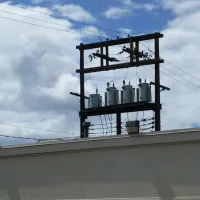
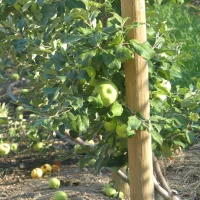
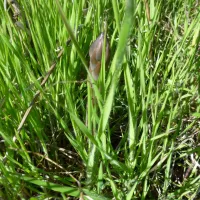


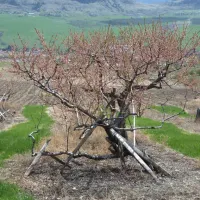
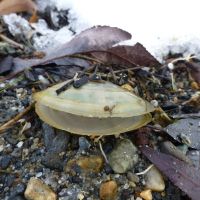
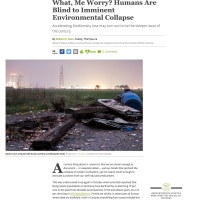




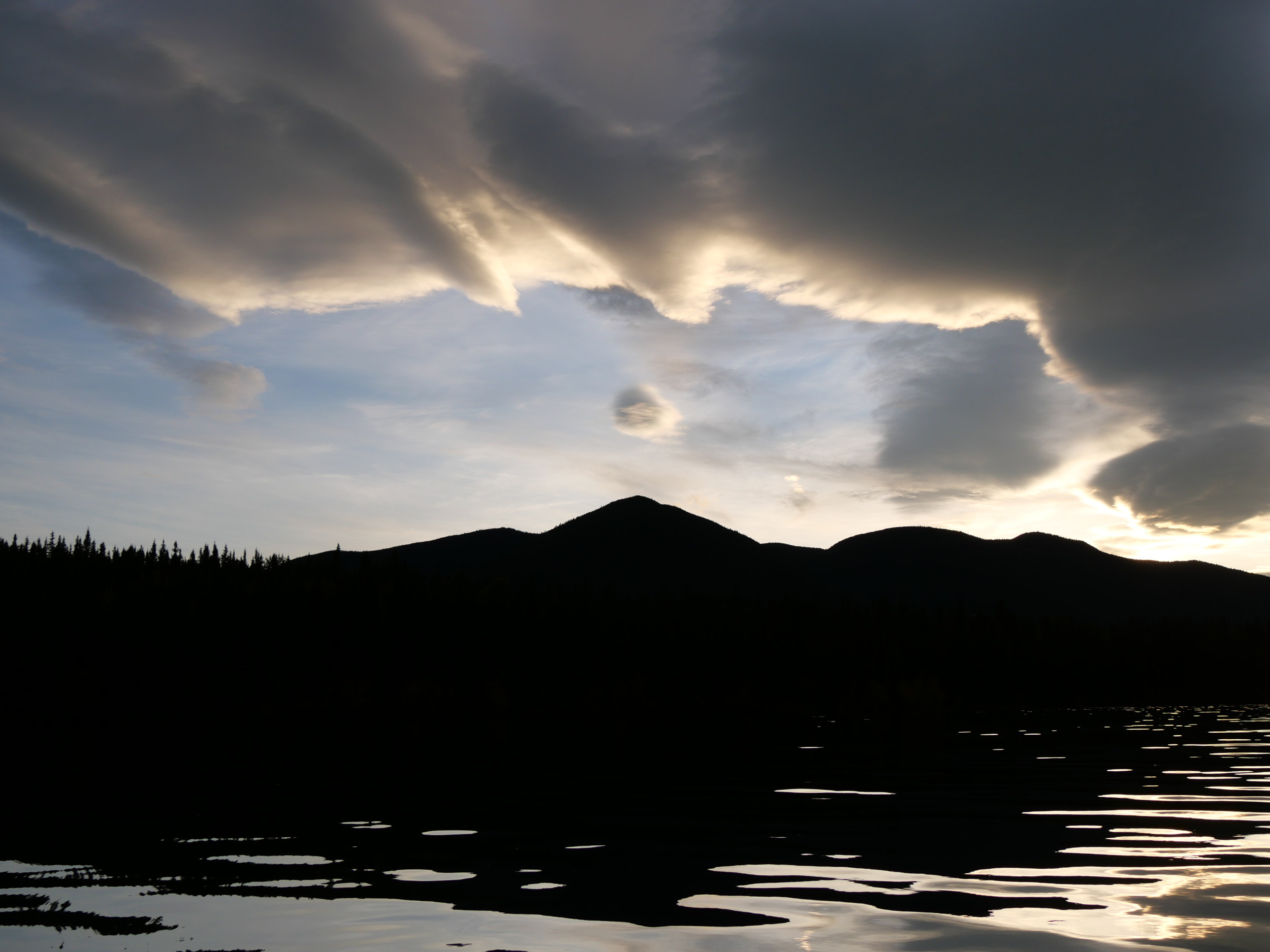
Courage, mes braves.
LikeLike
Merci!
>
LikeLike